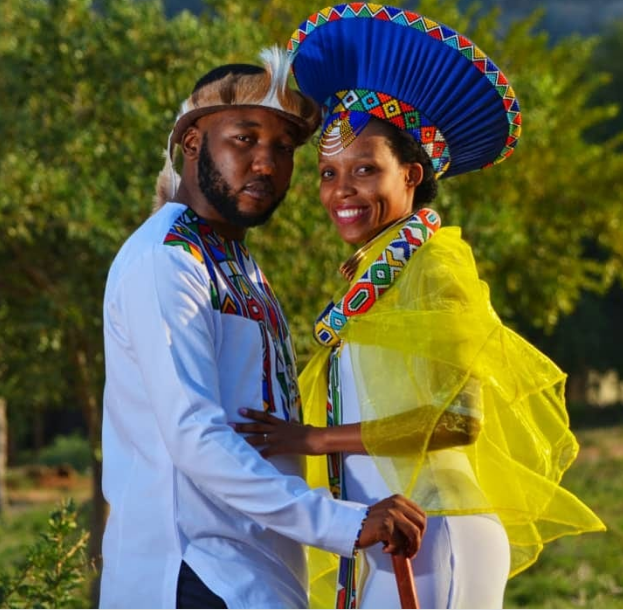
South African Traditional Clothing: A Vibrant Tapestry of Heritage and Identity
Introduction
South Africa’s myriad cultures express their identities vividly through traditional clothing. From the bold geometric bead-work of the Ndebele people to the rich textiles of the Xhosa people, the country’s traditional dress is not simply about aesthetics—it’s a language of history, status, ceremony and pride. This article explores the major traditions, garments, fabrics and meanings behind South African traditional attire—and why it matters today more than ever.
Why Traditional Clothing Matters in South Africa
Traditional clothing in South Africa carries cultural, social and symbolic weight. It plays roles in:
- Ceremonies and rites (weddings, initiations, funerals)
- Identity and status: marital status, clan or tribe affiliation, age group
- Connection to heritage: preserving cultural memory in a modern context
- Everyday fashion and global design: many designers today draw on these traditions to create modern expressions of identity
By understanding what the garments mean, we gain insight into how culture, history and identity are woven together in cloth.
Key Fabrics & Signifiers
The Fabric and Symbolism
Unique textiles and materials feature in many South African traditional garments. For example:
- Shweshwe: A printed dyed cotton cloth used widely across several cultural groups.
- Animal skins: Historically used for garments and aprons in some tribes.
- Wool blankets: Especially among the Basotho people (in Lesotho and South Africa) – symbolic and practical.
Colour & Pattern
Colours and patterns do more than look good—they communicate. For instance:
- Red: courage, vitality.
- White: purity, unity.
- Black: spiritual power, or mourning in some contexts.
- Green: fertility, growth.
Patterns—especially beadwork or geometric motifs—often carry references to lineage, clan symbols or community identity.
Traditional Dress by Culture
Below are key examples of traditional dress among major South African groups.
1. The Xhosa
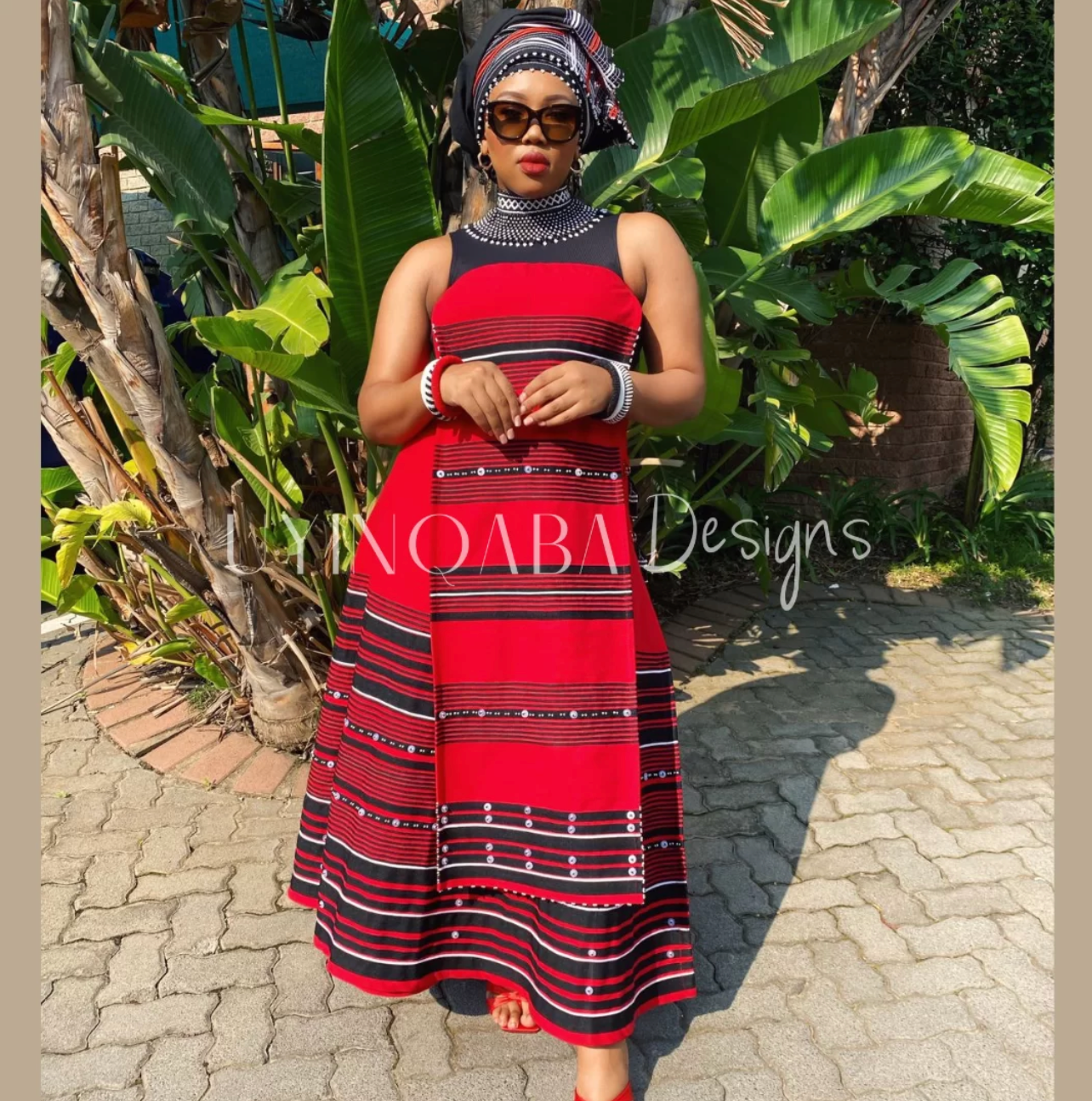
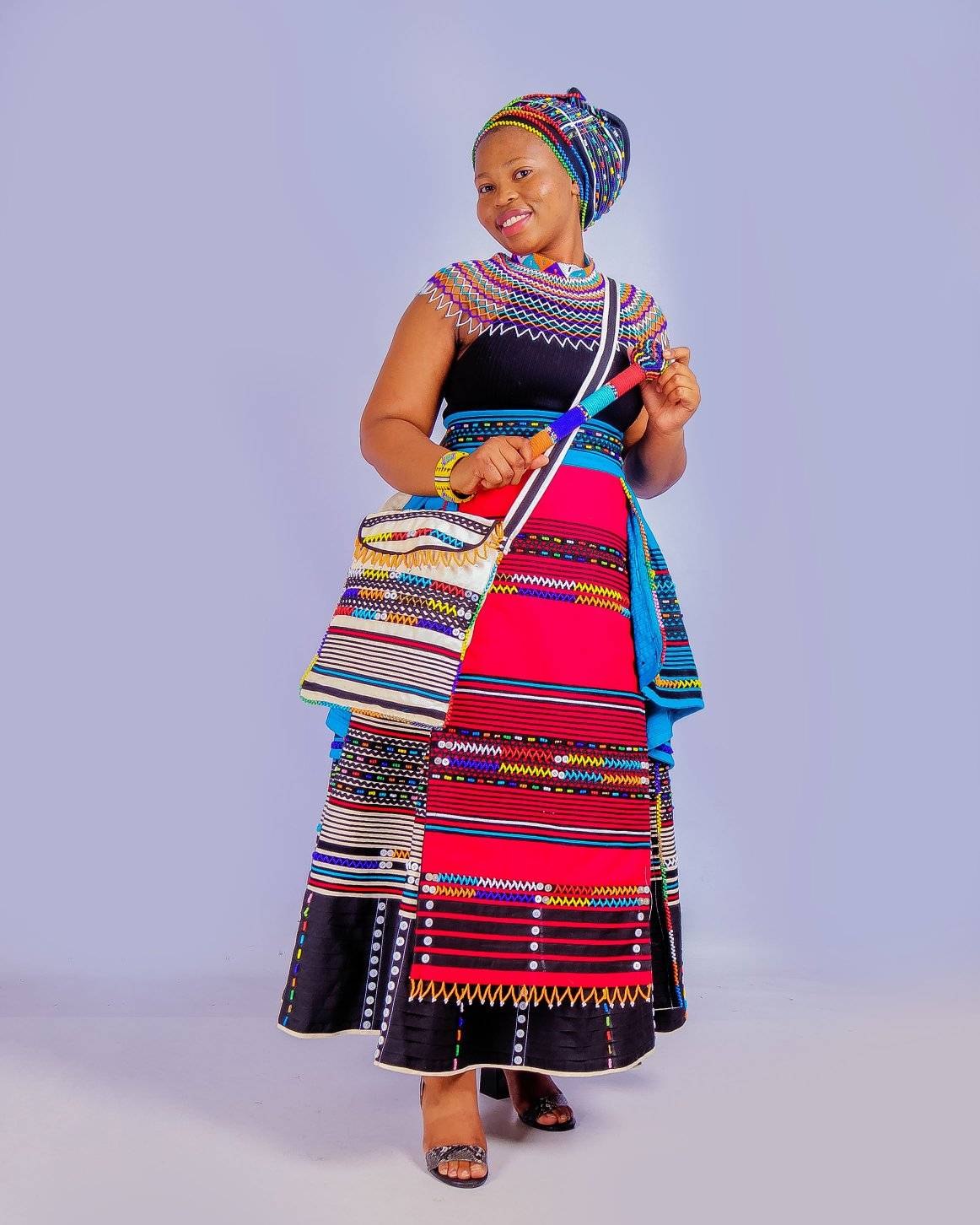
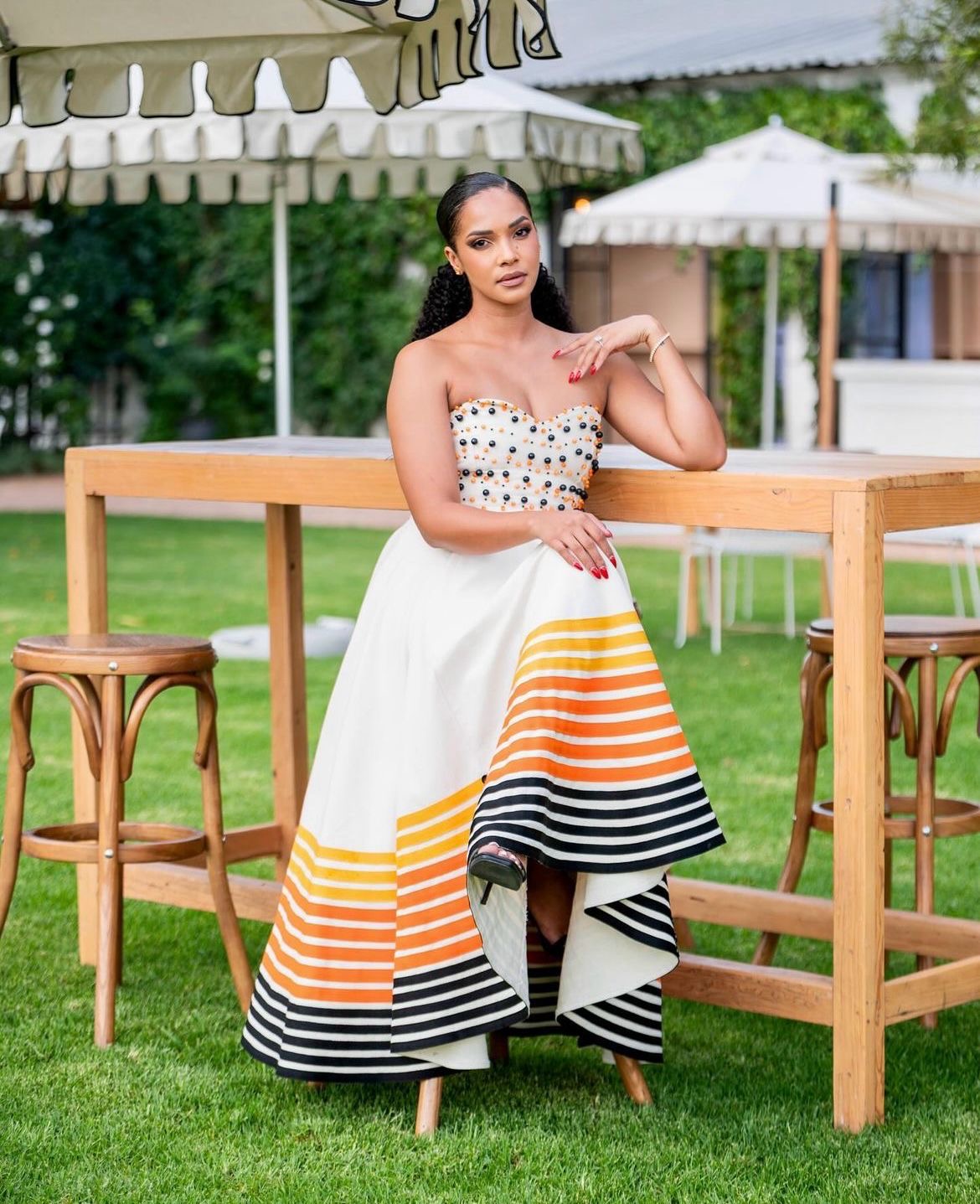
Key elements:
- The skirt or wrap called the isidwaba: traditionally leather, worn by married Xhosa women.
- Beadwork and blankets (e.g., the “umbhaco” dress) worn in ceremonies.
- For men: robes and formal shirts (isiqhaza) in special occasions.
2. The Zulu



Highlights:
- The isicholo hat: large circular headdress worn by married Zulu women.
- Grass-skirts or pleated skirts and beaded bras for younger women; married women wear more covering garments.
- Men’s traditional dress may include animal‐skin aprons, beaded accessories.
3. The Sotho / Basotho
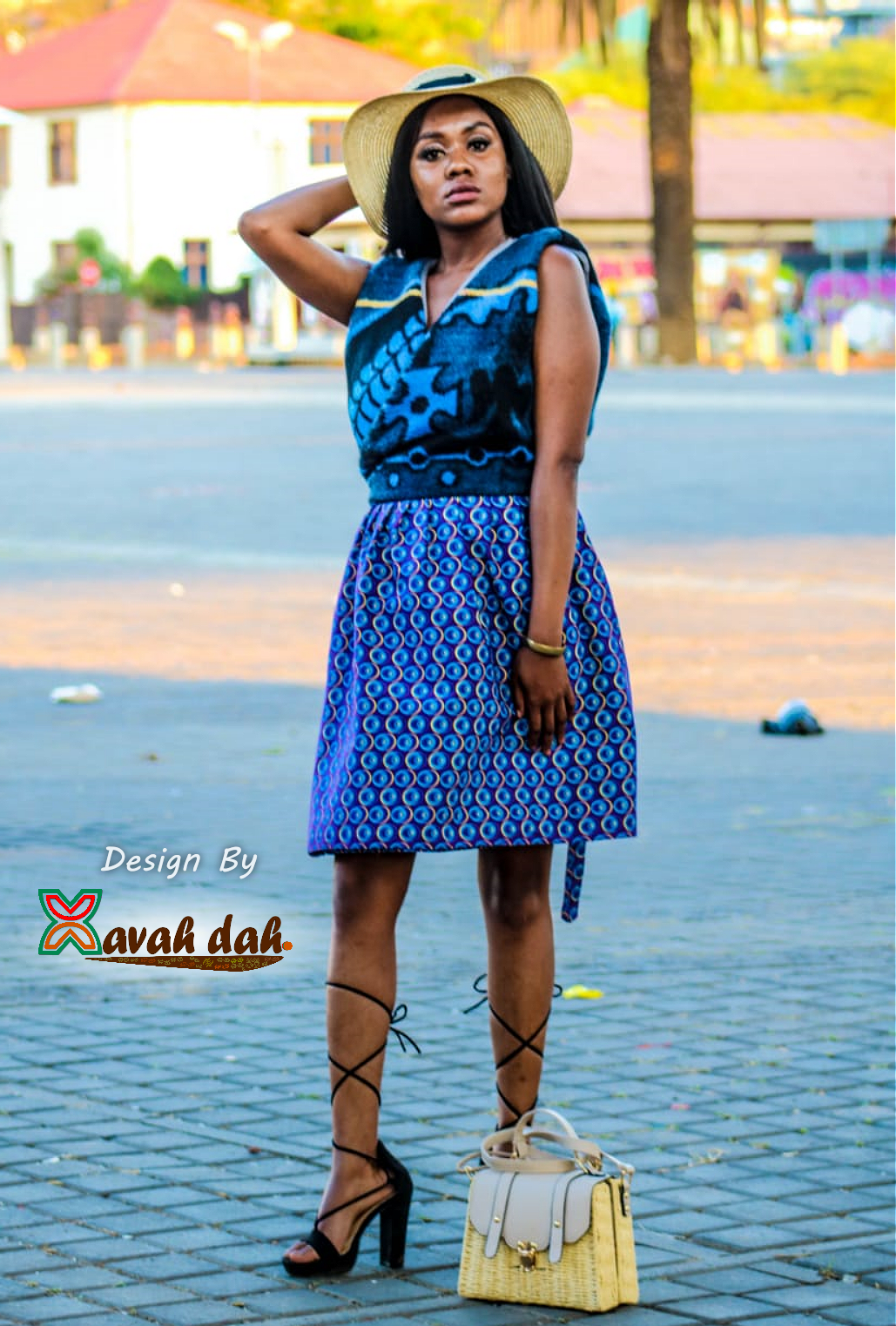


Important features:
- The famous Basotho blanket: worn over shoulders, a symbol of status and identity.
- Use of the shweshwe fabric among Sotho women.
4. The Ndebele
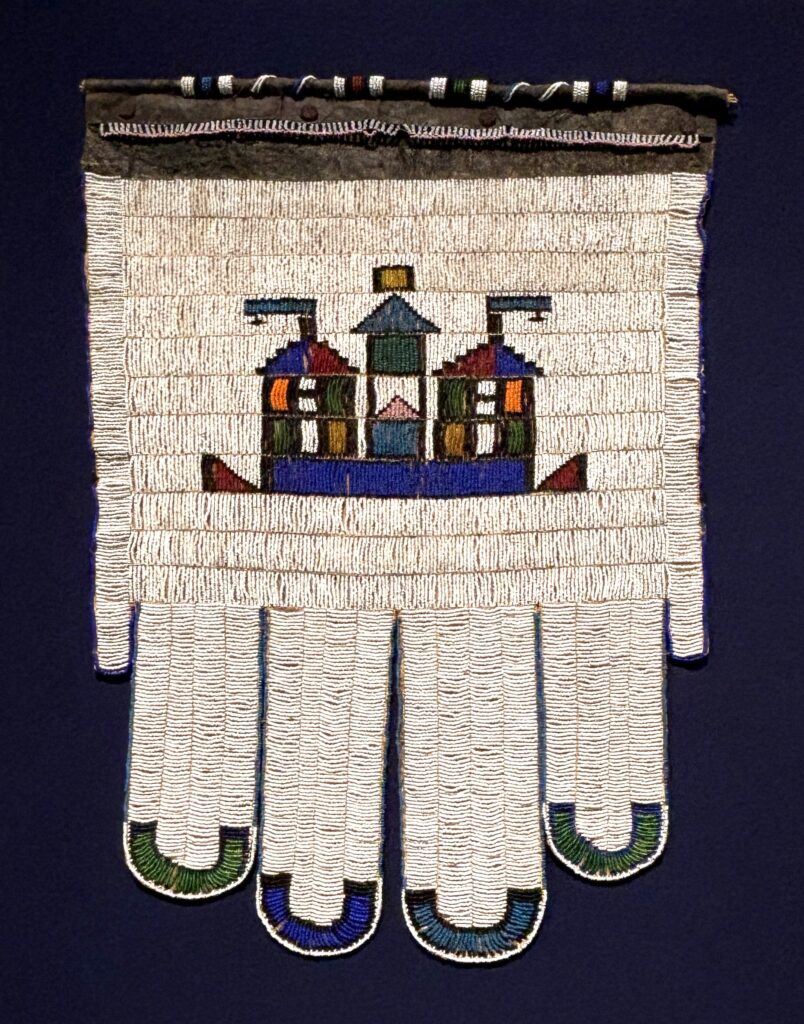

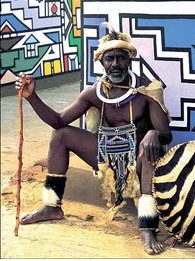
Notable for:
- Huge, colourful beadwork aprons, neck rings, arm/leg rings for women.
- Men’s ceremonial aprons of animal skin, capes, and beadwork.
5. Other Groups (Tsonga, Pedi, Tswana, Venda)

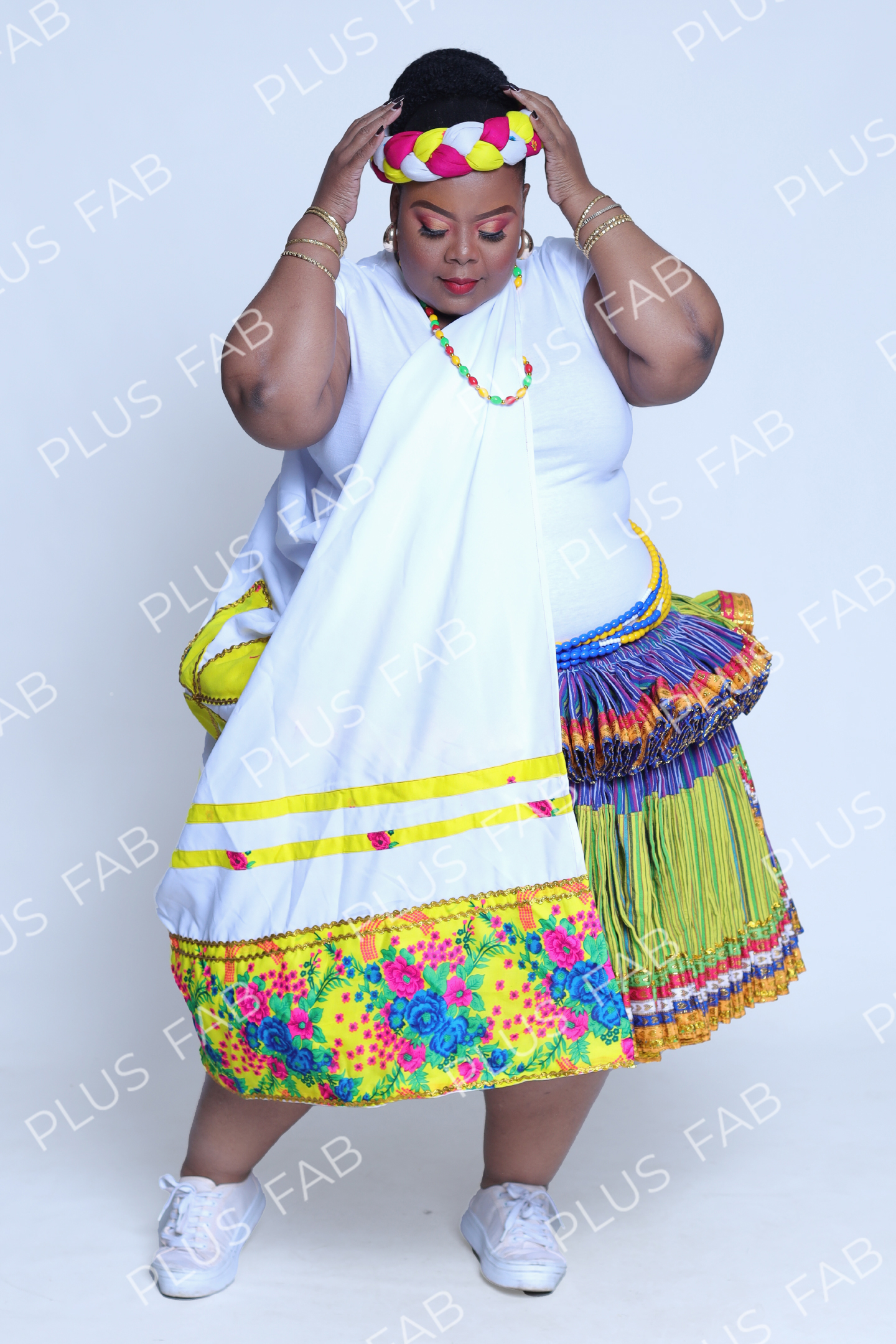
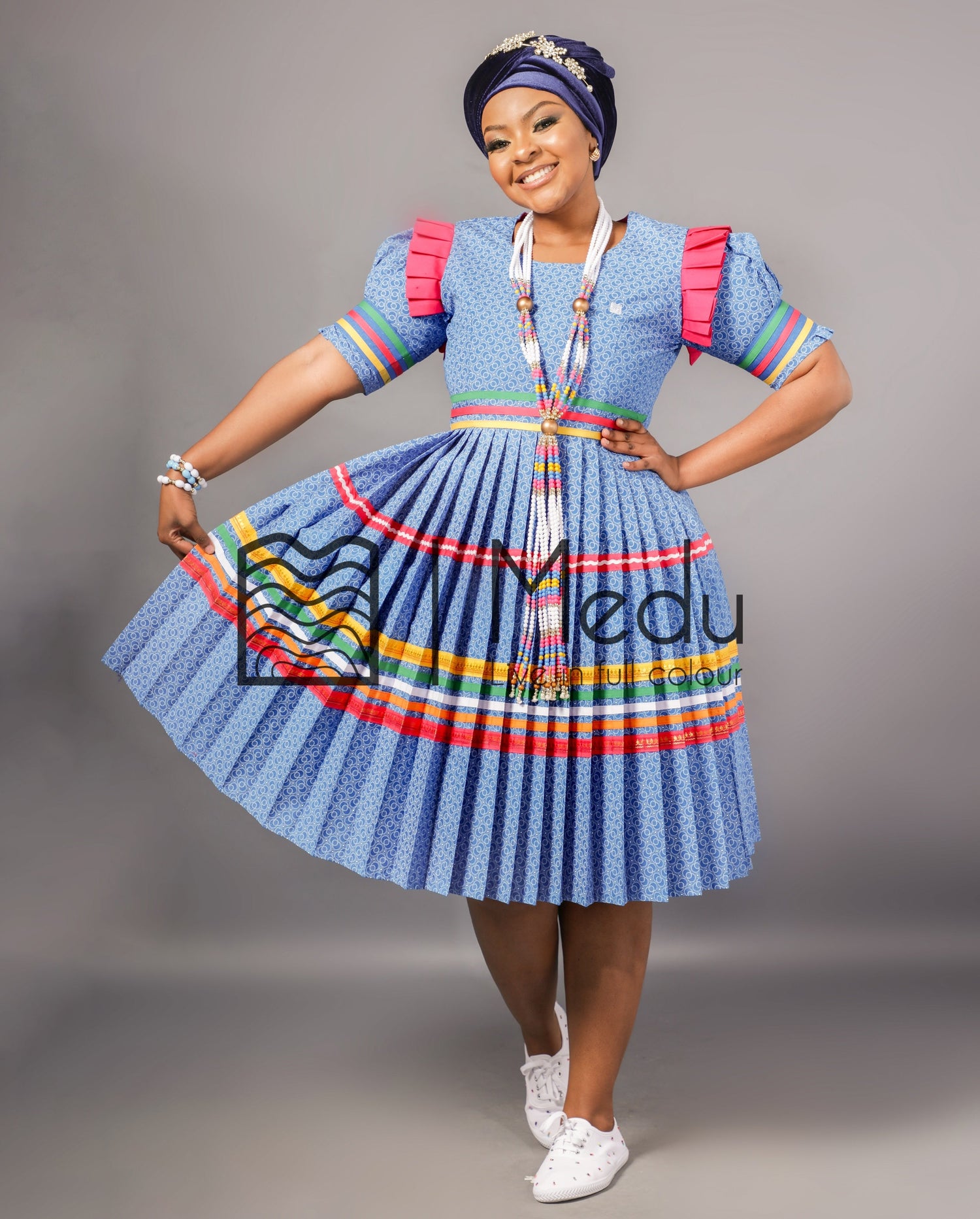
There are many other rich traditions:
- The xibelani skirt among the Tsonga women: vibrant gathered skirts for dance.
- The Pedi people: colourful pleated dresses, aprons, bead on women; kilts for men.
- Tswana women wearing shweshwe fabrics, beadwork, and headscarves.
Modern Relevance & Adaptation
Traditional dress is not stuck in the past—it evolves:
- Many South African designers incorporate traditional fabrics, patterns and symbols into modern fashion.
- On days like Heritage Day, South Africans often wear traditional attire to celebrate cultural diversity.
- Younger generations are re-interpreting tradition in new ways—bridging heritage with contemporary style.
How to Wear & Appreciate Traditional Clothing (Respectfully)
- Know the meaning: Some garments or accessories have specific meanings (marital status, ceremony, age group).
- Occasion matters: Many pieces are ceremonial; wearing them in casual contexts may be insensitive if unaware.
- Fabric & authenticity: Genuine traditional textiles (e.g., shweshwe) have particular manufacturing and cultural history.
- Support local artisans: Many fabrics and garments are handcrafted; purchasing supports cultural artisans and preserves traditions.
- Mix with respect: Modern fashion can incorporate traditional elements beautifully—but acknowledging their origin is key.
Conclusion
South Africa’s traditional clothing is more than fashion—it’s living heritage. Each fold of a skirt, each bead on a necklace, each pattern woven into fabric tells a story of community, ancestry and identity. For anyone exploring the cultural tapestry of South Africa, traditional dress offers one of the most vivid, meaningful connections. Embracing it with respect means celebrating more than aesthetics—it means honouring culture.
